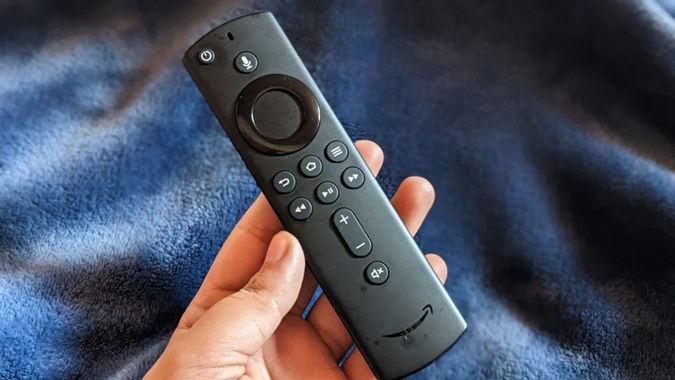In the ever-evolving world of beauty and aesthetics, individuals are constantly seeking innovative ways to enhance their features and boost their confidence. One popular and non-invasive option gaining widespread attention is lip fillers. As the demand for plump and well-defined lips continues to rise, understanding the ins and outs of lip fillers becomes crucial for those considering this cosmetic procedure.
What Are Lip Fillers? Lip fillers, also known as dermal fillers or lip injections, are a non-surgical cosmetic procedure designed to add volume, shape, and definition to the lips. The most common filler used for this purpose is hyaluronic acid, a naturally occurring substance in the body that helps maintain skin hydration and elasticity.
The Procedure: The process of getting lip fillers is relatively quick and straightforward. A qualified and experienced practitioner will start by applying a topical numbing cream to minimize any discomfort during the procedure. The filler is then injected strategically into the lips to achieve the desired shape and volume. Patients can expect to see immediate results, with minimal downtime required for recovery.
Choosing the Right Practitioner: Selecting a skilled and reputable practitioner is crucial for a successful lip filler experience. Research potential providers, read reviews, and ask for recommendations to ensure that you entrust your cosmetic enhancement to a qualified professional. Verify that the practitioner has the necessary certifications and experience in administering lip fillers.
Benefits of Lip Fillers:
- Enhanced Lip Volume: Lip fillers can provide a fuller and plumper appearance, adding volume to naturally thin lips.
- Improved Lip Symmetry: Lip injections can address asymmetry issues, creating a more balanced and harmonious look.
- Reduced Fine Lines: Hyaluronic acid fillers can help smooth out fine lines and wrinkles around the lips, contributing to a more youthful appearance.
Considerations and Potential Risks: While lip fillers are generally safe, it’s essential to be aware of potential risks and side effects. Temporary swelling, bruising, and redness at the injection site are common, but these typically subside within a few days. In rare cases, more serious complications, such as infection or allergic reactions, can occur. Discuss any concerns with your practitioner beforehand and follow their post-procedure care instructions diligently.
Aftercare: Following the procedure, proper aftercare is essential for optimal results and a smooth recovery. Avoid strenuous physical activity, exposure to extreme temperatures, and touching or pressing on the treated area. Stay hydrated, and follow any additional recommendations provided by your practitioner.



